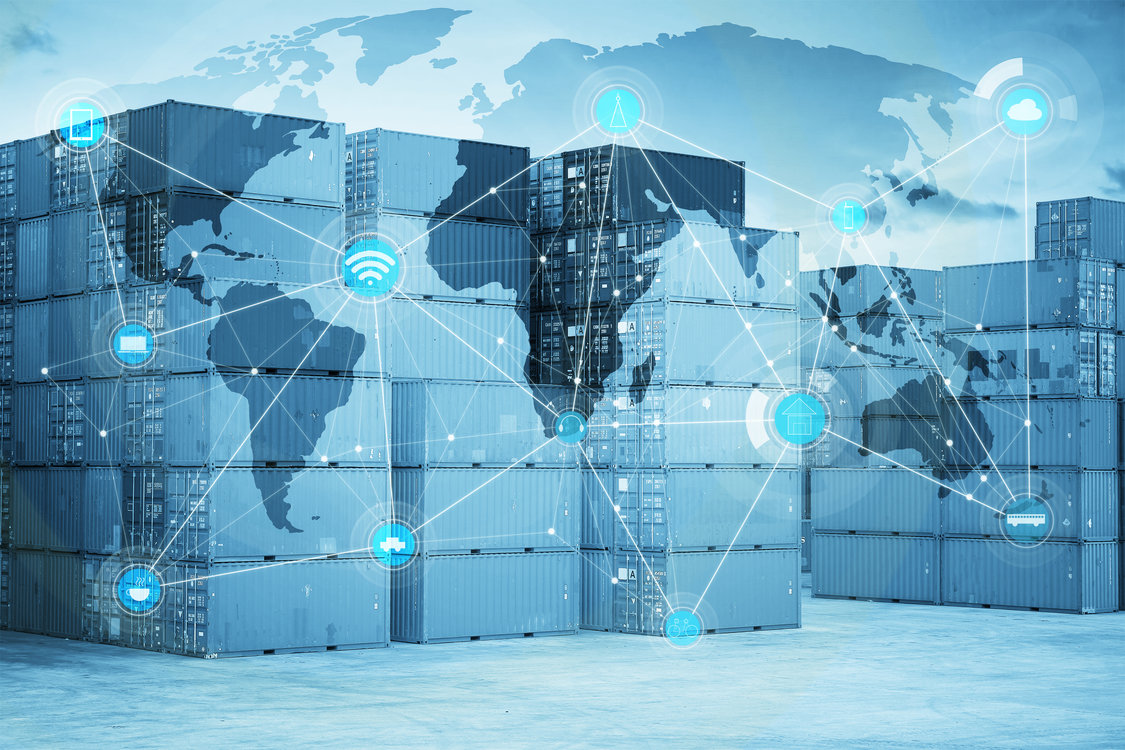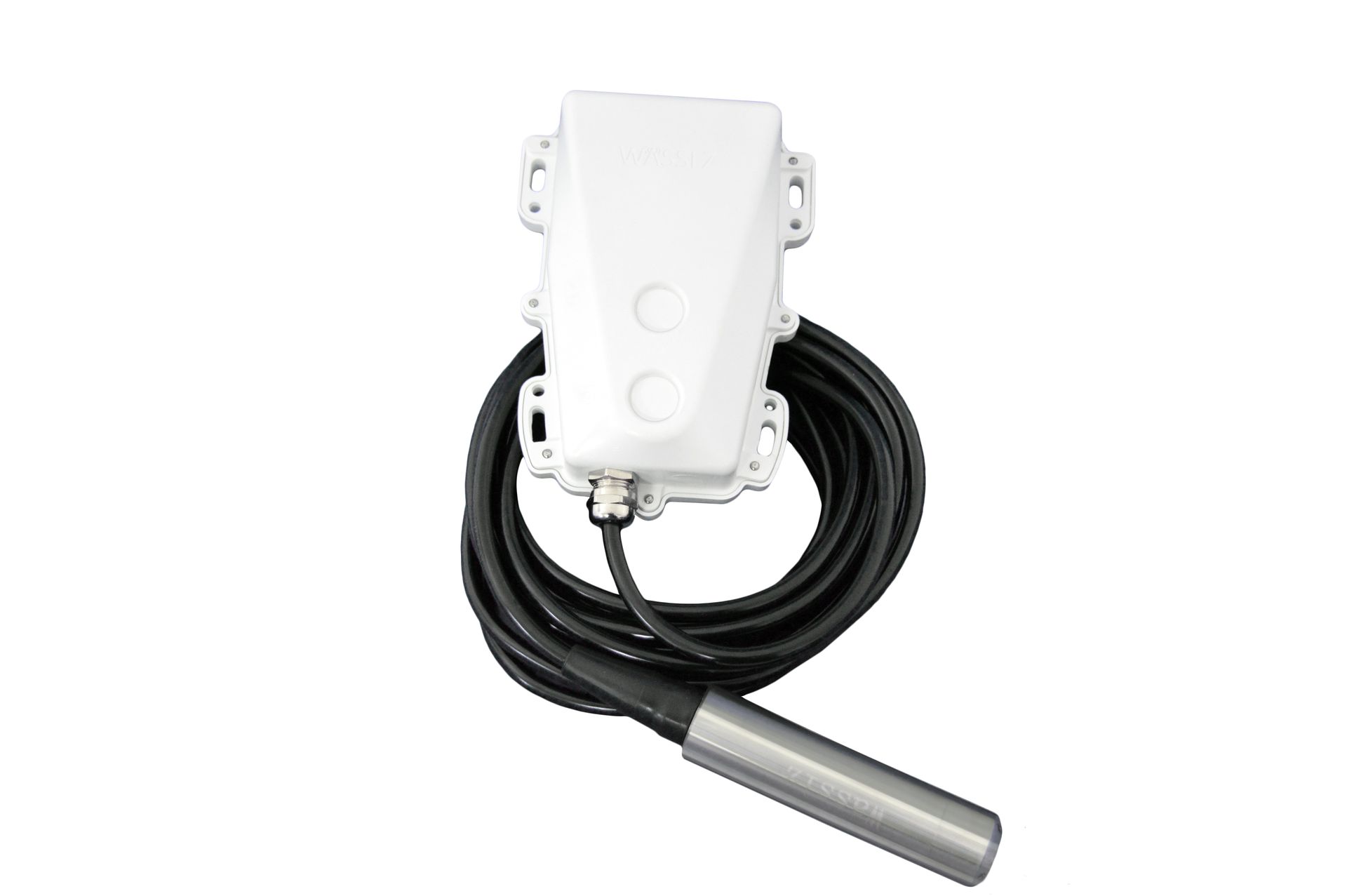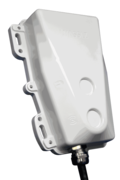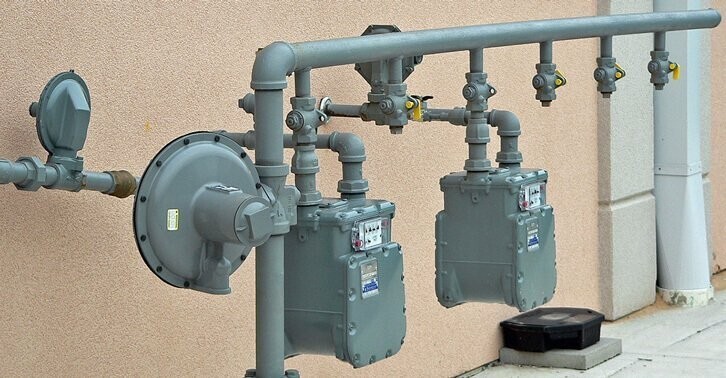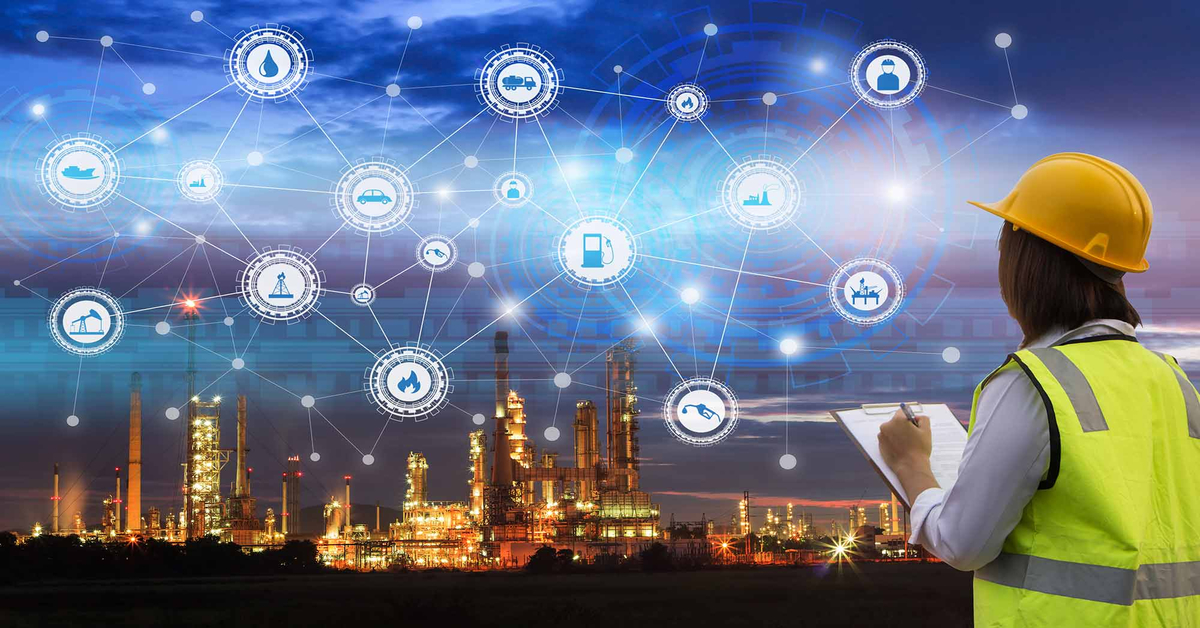
What is the Industrial Internet of Things (IIoT)?
October 18, 2021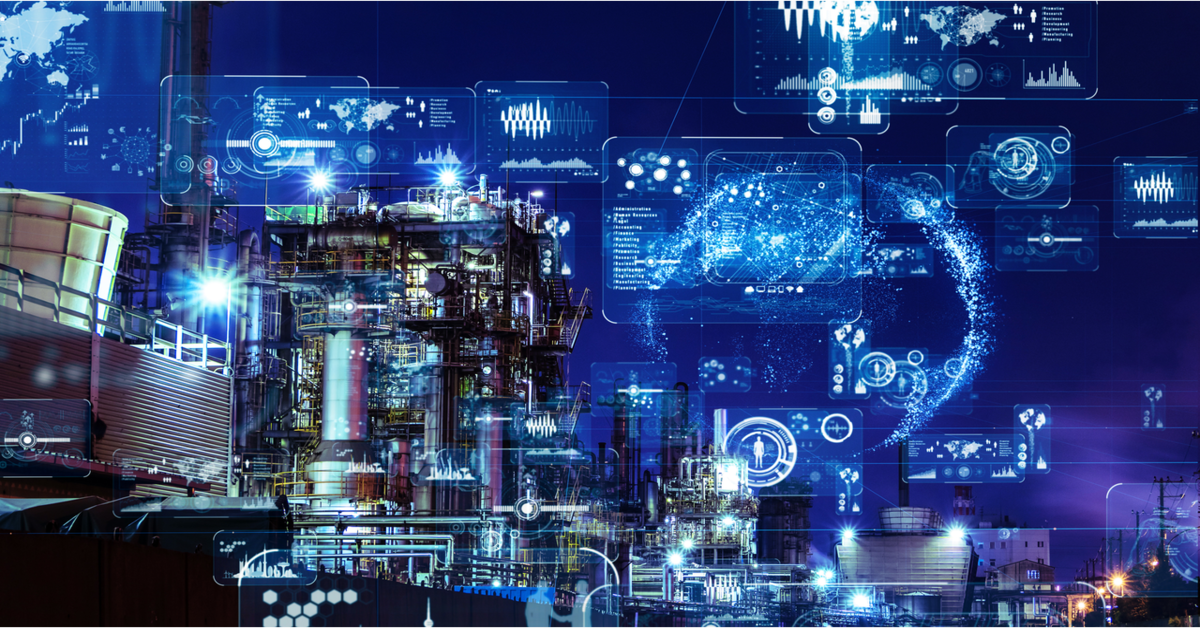
What is the Difference: IoT vs. IIoT vs. Industry 4.0
October 18, 2021Brace yourselves, we are in the midst of a 4th Industrial Revolution, or Industry 4.0, a natural byproduct of the digital transformation revolution. Except technically we have been in the midst of this 4th Industrial Revolution (Industry 4.0) for a while, since 2011 to be exact, when the German government coined this term for their initiative dedicated to ensure their manufacturing industry remains competitive. Sounds juicy, right? We are here to spill the tea and give you the lowdown on what is the 4th Industrial Revolution (Industry 4.0) and its technologies.
Artificial Intelligence (AI) and Machine Learning (ML):
They allow manufacturers to capitalize on the mass of information generated across all departments, from partners and third-party sources. Artificial Intelligence (AI) and Machine Learning (ML) give insights providing higher accuracy, predictability and enabling automation of operations and processes.
Big Data and Analytics:
Referring to large data volumes that can be structured or unstructured, the volumes of data, or big data, can be analyzed for better decision-making through transforming the raw data into useful information while uncovering patterns.
Cloud Computing:
Smart manufacturing requires connectivity and integration of all business units, and clouds make that happen. Cloud computing also stores, analyzes and processes the big data we spoke about earlier more efficiently.
Cybersecurity:
The same connectivity of Operational Technology (OT) can expose entry paths for malicious attacks. It is vital to consider a cybersecurity approach which encompasses Information Technology (IT) and Operational Equipment (OT).
Augmented Reality (AR) and Virtual Reality (VR):
Manufacturers are just beginning to explore the benefits of Augmented Reality (AR) and Virtual Reality (VR). These technologies bridge the gap between the digital and physical worlds through superimposing virtual images or data onto a physical object and can be applied in the assembly processes or to maintain manufacturing equipment.
Simulation and Digital Twins:
Manufacturers can now create digital twins that are virtual replicas of processes, factories, supply chains… etc. then use the digital twins to increase productivity, improve functions or even design new products.
Internet of Things (IoT):
A cornerstone of the 4th Industrial Revolution (Industry 4.0) and at the heart of it is the Internet of Things (IoT). it is a critical element of smart factories. Machines are equipped with sensors which connect with other devices allowing big volumes of valuable data to be collected, analyzed and exchanged.
Autonomous Robots and Advanced Robotics:
The new generation of robots is now able to carry hard and delicate tasks as they can analyze and act upon information received from the surrounding environment.
3D Printing and Additive Manufacturing (AM):
They are rapidly becoming another valuable key behind the 4th Industrial Revolution (Industry 4.0). No longer just rapid prototyping technology, Additive Manufacturing, or AM, can be used for mass customization. It allows a decentralized manufacturing approach since parts can be stored as design files in virtual inventories and be produced closer to the point of need.

